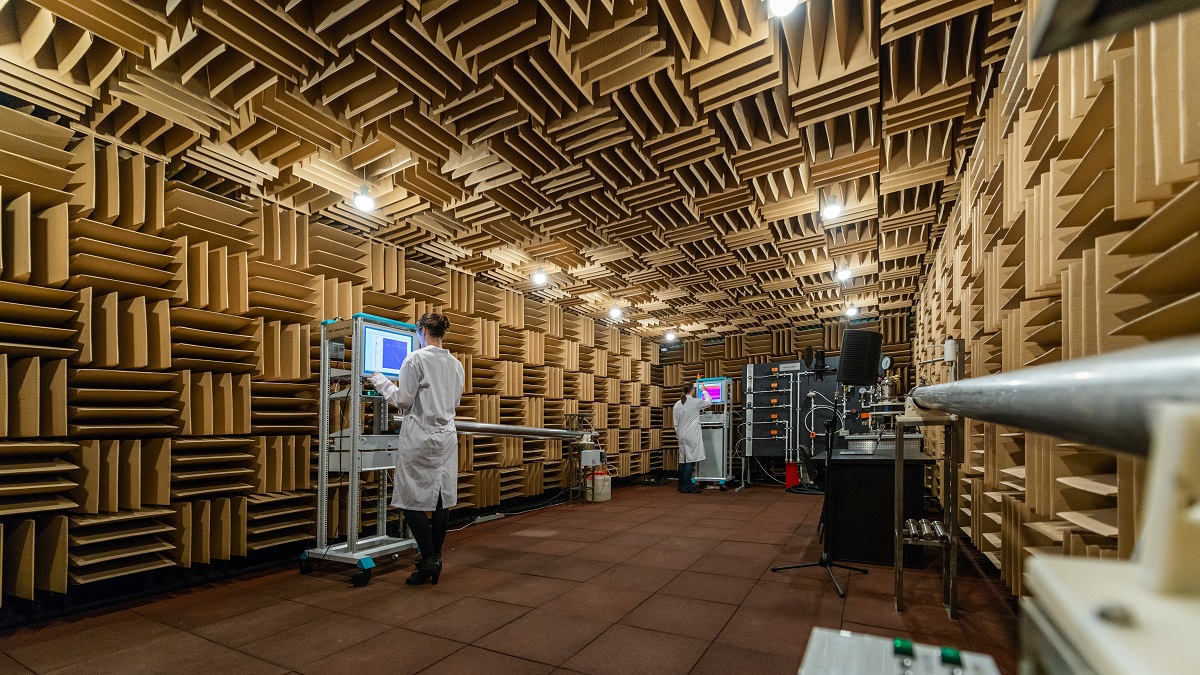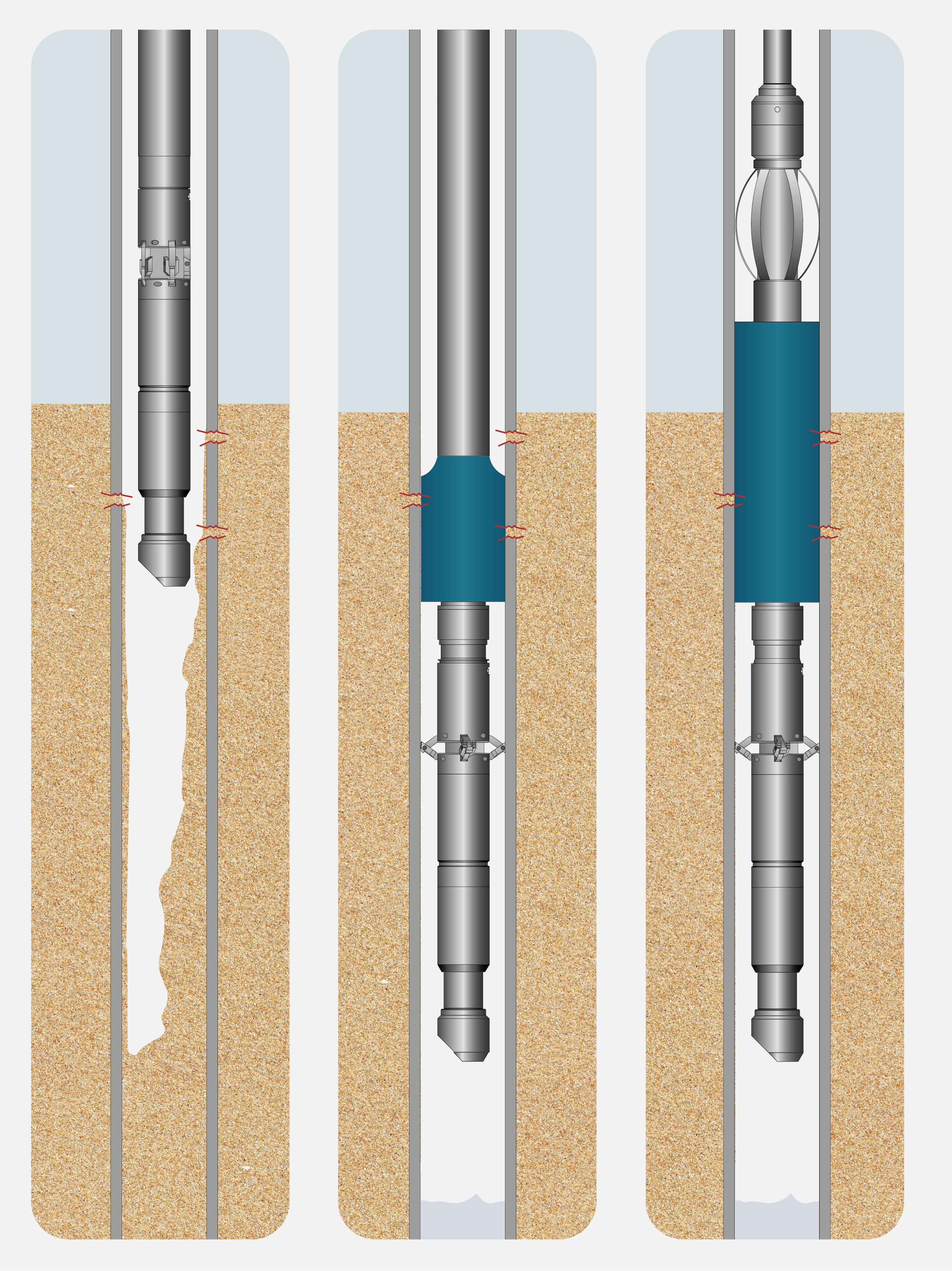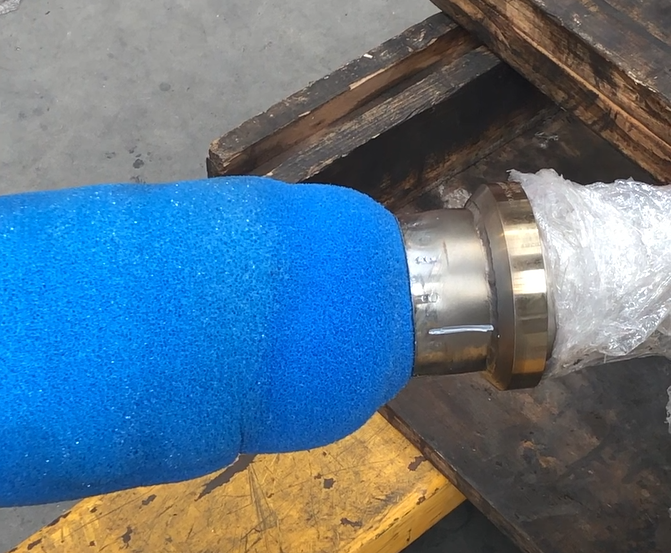
Tendeka and TGT have created Sandbar to mitigate the costly consequences of sand control failure in wells. (Source: Tendeka and TGT)
Presented by:
Editor's note: This article originally appeared in the March issue of E&P Plus.
Subscribe to the digital publication here.
In mature basins, sand issues can account for up to 10% of all shut-in wells either due to failure of the existing downhole sand control or onset of sand production due to pressure depletion and/or water production.
There are many reasons for sand or fine material entering and accumulating in the wellbore. Depending on the level of severity, the consequences need not be detrimental. However, the accumulation of sand production downhole or in surface equipment can lead to production being killed, wells shut in or collapse of the formation.
As an inherent problem in the oil and gas industry, the first indication of sand issues downhole will often be as a result of detrimental effects that can occur at surface, such as fill-in separators or erosional damage to pipe work.
As existing solutions have been extremely limited due to their high costs and/or poor performance, Tendeka, an independent global completions service company, and TGT, diagnostic specialists, have created Sandbar to mitigate the costly consequences of sand control failure in wells.
Downhole monitoring and remediation

The conventional process of thru-tubing sand control can be costly and time consuming. In many cases there is a requirement to remove sand from the wellbore prior to installing the chosen sand control solution. Once installed, many traditional remediation techniques still allow the wellbore to refill with formation sand reducing productivity and increasing susceptibility to erosional failure.
Therefore, the major challenge is to regain sand control in existing completions and prevent sand from filling the wellbore, without the requirement to perform a workover or complex thru-tubing gravel packs.
Proper diagnosis is the critical first step to any kind of well remediation planning and execution. But determining the precise location and extent of sand ingress downhole has challenged the industry for decades, as previous attempts were unable to reliably distinguish between sand and fluid flow.
The challenge of locating and effectively mitigating sand production has now been addressed by combining the features of two products, one to accurately identify the locations of sand ingress within the wellbore and the other to quickly repair the damage.
Accurately eliminating sand issues
Managing and curtailing sand production issues is essential to maintain asset integrity and extend the life of the asset. This Find Fix Confirm approach to sand remediation is believed to be the first specialized, integrated approach to fully understand and fix sand production issues.
First, with the “Find” element of the Sandbar solution, TGT’s Sand Flow diagnostics precisely locate sand entry to the wellbore and provide a qualitative sand count, clearly identifying problem zones, even in turbulent flow conditions.
Although commonly used to diagnose a known sand production issue, Sand Flow is also used proactively to ensure downhole sand control measures are working correctly. This can include targeting unconsolidated formation that requires regular intervention, sand screen failure and surface equipment failure.
Sand Flow diagnostics are delivered using TGT’s True Flow system and Chorus acoustic sensing platform. Fluids traveling through the well system produce a rich spectrum of acoustic energy, and Chorus captures and decodes the acoustic signature generated by sand particles entering the wellbore. Deployed in hole on wireline, Chorus reveals sand ingress locations and sand count by analyzing the acoustic power spectrum of acquired data and discriminating between sand flow and fluid flow. By flowing from the reservoir while the tool is in the well, the acoustic signature of any sand within the production stream can be characterized such that the sand entry points and sand rate can be identified. Chorus leverages high-fidelity recording across a wide dynamic range and sand-recognition analysis to deliver robust sand detection in a broad range of sand flow scenarios.


To “Fix” or regain sand control in existing completions and prevent sand from filling the wellbore, Tendeka’s one-trip, thru-tubing sand control Filtrex system is deployed via coiled tubing into the well and positioned across the target area to quickly repair the breach or damage.
As a retrievable thru-tubing system, the flexible, open cell matrix polymer filter can be easily installed by conventional means in a live well; this includes thru-tubing and through tight nipple restrictions.
When self-centralized, it can expand in deviations up to 90 degrees and is understood to be the only product of its kind that can be run through larger casing/liner configurations (e.g., a 3.688-in. nipple and set in a 7-in. liner). It can be deployed in hole compressed within the running tool and compression sleeve. This offers full compliance to the damaged section once set. By dropping a ball from surface, a simple two-stage application of pressure sets the anchor and then releases the compression sleeve.
Upon removal of the sleeve, the matrix polymer expands to contact the wellbore and the deployment string can be retrieved from the well. Filling the annular gap with the open cell matrix polymer prevents further ingress of formation solids into the wellbore while still allowing passage of liquids or gases. The multilayer system ensures full expansion in the damaged screen section or casing and effective flow divergence regaining sand control in existing completions.
The device can perform sand cleanout and chemical treatments during live well deployment, thereby preventing multiple intervention trips. When deployed on coiled tubing, the installation of the system has the potential to significantly improve the financial feasibility of restoring production to failed wells. As it negates the need for a workover or complex thru-tubing gravel packs, the remedial system can also cut intervention timings and associated run changes by at least half.
The length can be modified to suit the application and lubricator length restriction. If longer lengths are required, these can be stacked on top the previous screen section. The system design allows the combination of many distinct layers with a range of cell sizes. This ensures the design has the flexibility to size the screening for each application to ensure appropriate retention of sand in reservoirs up to 110 C (230 F).

Finally—and crucially—the service can “Confirm” the effectiveness of the solution with the redeployment of TGT’s Sand Flow diagnostics through the internal diameter of the Filtrex system to confirm that no sand is entering at that depth. This enables better use of resources and more reliable sand control outcomes.
Innovation through partnership
As a single approach, existing remedial methodologies to address sand management, such as running an insert sand screen, applying consolidation treatment or performing a remedial gravel pack, are disjointed, lack insight on the precise location of the problem and often fail to fully eliminate the problem. Likewise, their use can vary in complexity, cost, risk, longevity and effectiveness. Associated weaknesses can often result in reduced production or, in extreme cases, loss of surface containment due to erosion.
Bringing together two technologies in one service offering will ensure fast, accurate and tailored remediation to a variety of sand control issues at a fraction of the time, costs and risk of conventional solutions to this age-old problem. Being compatible with thru-tubing operations, including live well deployment and single-trip sand cleanout, provides greater flexibility and assurance.
Ultimately, it will empower operators to better understand the true sources of sand production and its behavior and ensure reservoir management decisions are precisely targeted for improved integrity and enhanced asset life.
About the authors: Paul Lynch is the advanced completions director with Tendeka, and Mohammad Abshenas is TGT’s regional manager for Europe and Africa.
Recommended Reading
BP Restructures, Reduces Executive Team to 10
2024-04-18 - BP said the organizational changes will reduce duplication and reporting line complexity.
Matador Resources Announces Quarterly Cash Dividend
2024-04-18 - Matador Resources’ dividend is payable on June 7 to shareholders of record by May 17.
EQT Declares Quarterly Dividend
2024-04-18 - EQT Corp.’s dividend is payable June 1 to shareholders of record by May 8.
Daniel Berenbaum Joins Bloom Energy as CFO
2024-04-17 - Berenbaum succeeds CFO Greg Cameron, who is staying with Bloom until mid-May to facilitate the transition.
Equinor Releases Overview of Share Buyback Program
2024-04-17 - Equinor said the maximum shares to be repurchased is 16.8 million, of which up to 7.4 million shares can be acquired until May 15 and up to 9.4 million shares until Jan. 15, 2025 — the program’s end date.






